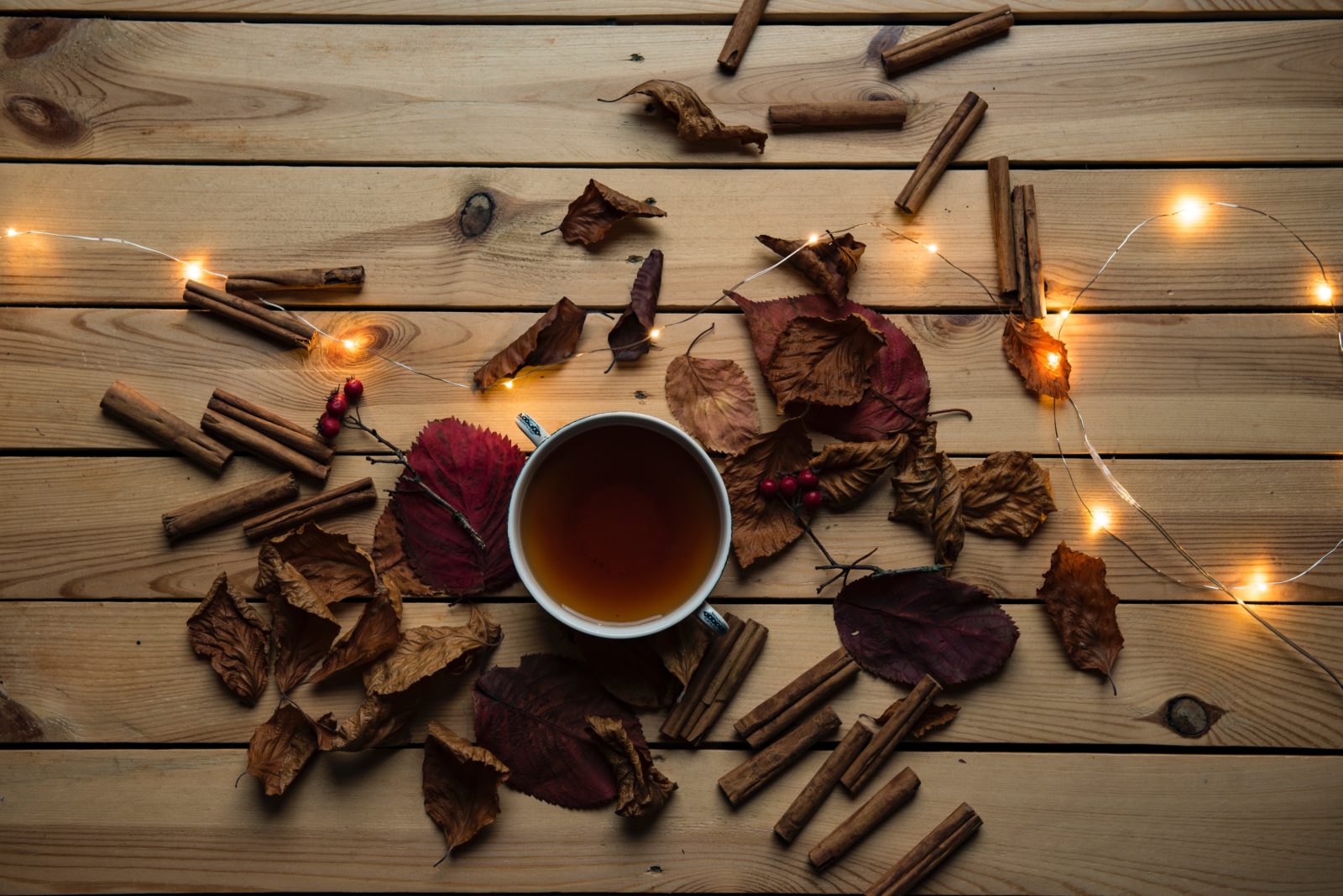Ku Cha House of Tea carries premium teas harvested during the fall, and is tasting several of these exceptional teas in the shops on Saturday
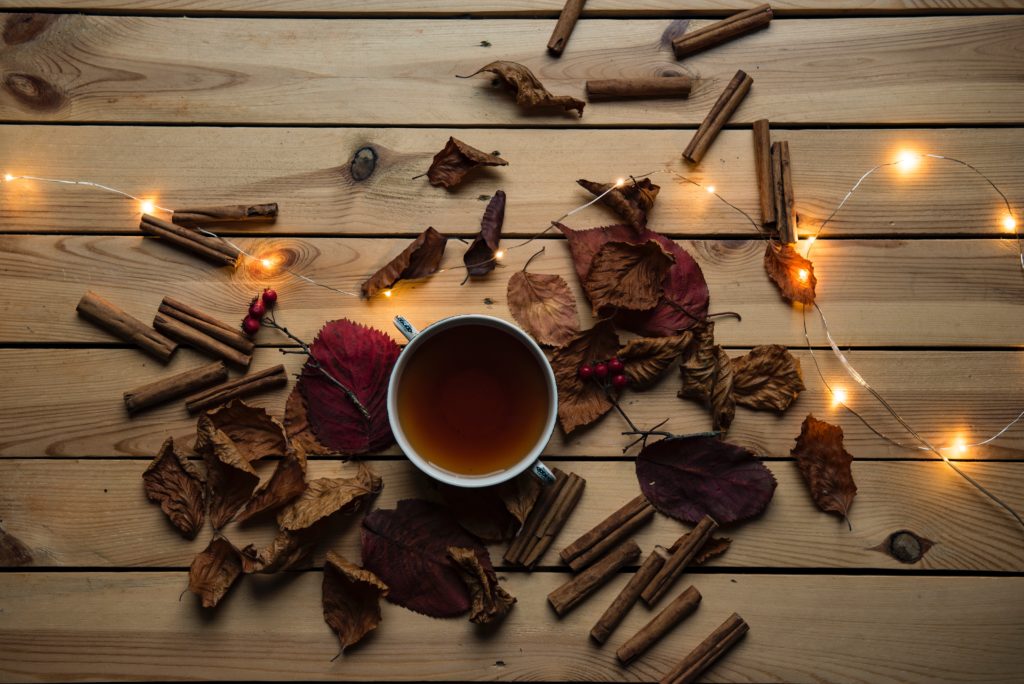
Tea is an agricultural product. That warm morning cup is brewed from leaves that grow on evergreen shrubs rooted in earth and tethered to seasonal shifts in weather.
Chartreuse shoots of tea emerge in the spring, expand into leaves that grow and darken during the summer, and persist into the autumn. Shrubs remain dormant during the winter, before new shoots unfold again in the spring.
Tea harvested during each season offers charms. Spring is especially well-known for the production of premium teas. Some of the finest teas in the world come from tea shoots, which only appear at the beginning of the growing season.
Premium oolongs harvested during fall
But tea enthusiasts prize fall harvests as well, particularly for oolong teas. Among other things, teas harvested in autumn often contain higher concentrations of aromatic oils.
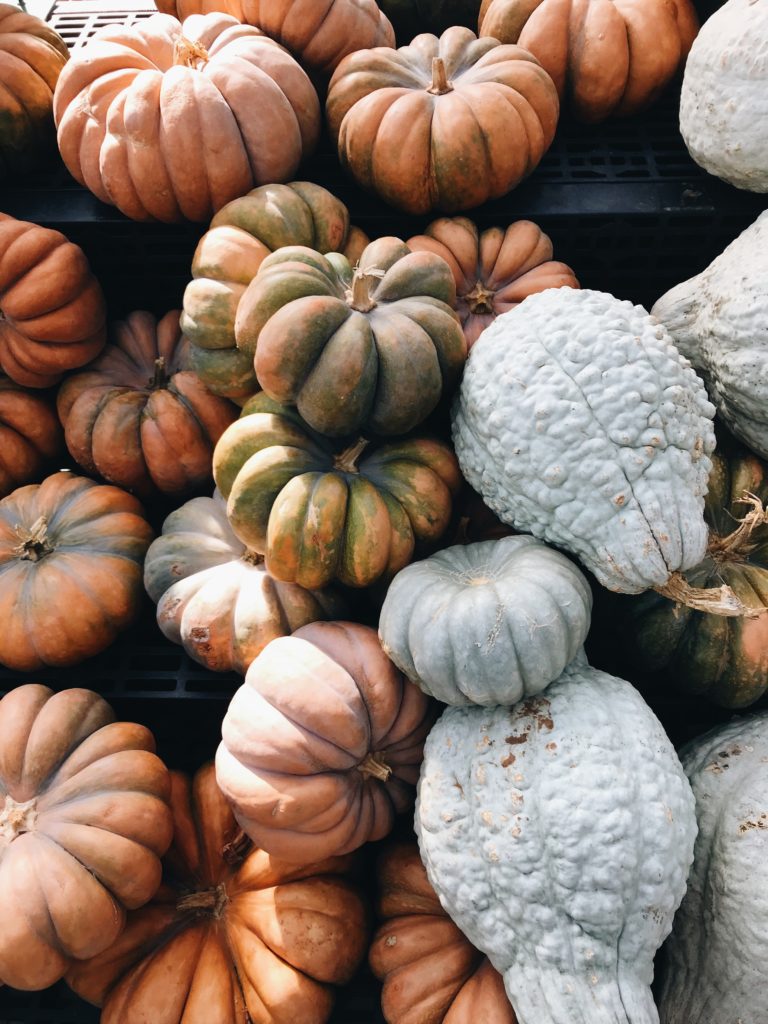
Consider the common saying in China: “Drink spring tea for liquor texture and drink autumn tea for fragrance.”
We should add, “drink autumn tea for flavor,” too.
In China, the sun’s position in the zodiac loosely guides many farming practices, even though the approach is ancient. The Chinese created 24 solar terms, each of which reflects different seasonal factors that influence agriculture. A term called “Awakening Insects,” for example, is on March 5th, and it marks when thunder from spring storms begins and hibernating insects wake up.
Tea farmers normally harvest oolongs during what the Chinese call “Autumn Dew Harvest,” which falls between two of the solar terms: White Dew (September 7) and Cold Dew (October 8).
Production of Autumn Dew Harvest teas is limited. Farmers treat their tea bushes with enormous care. Harvesting too many leaves in autumn could inhibit spring growth. As a result, fall harvesters are sparing with their tea-picking.
We carry a range of premium oolongs harvested during autumn, including two we will discuss here: Rou Gui and Tie Guan Yin. We feature both of them during our Saturday tasting this week in the shops.
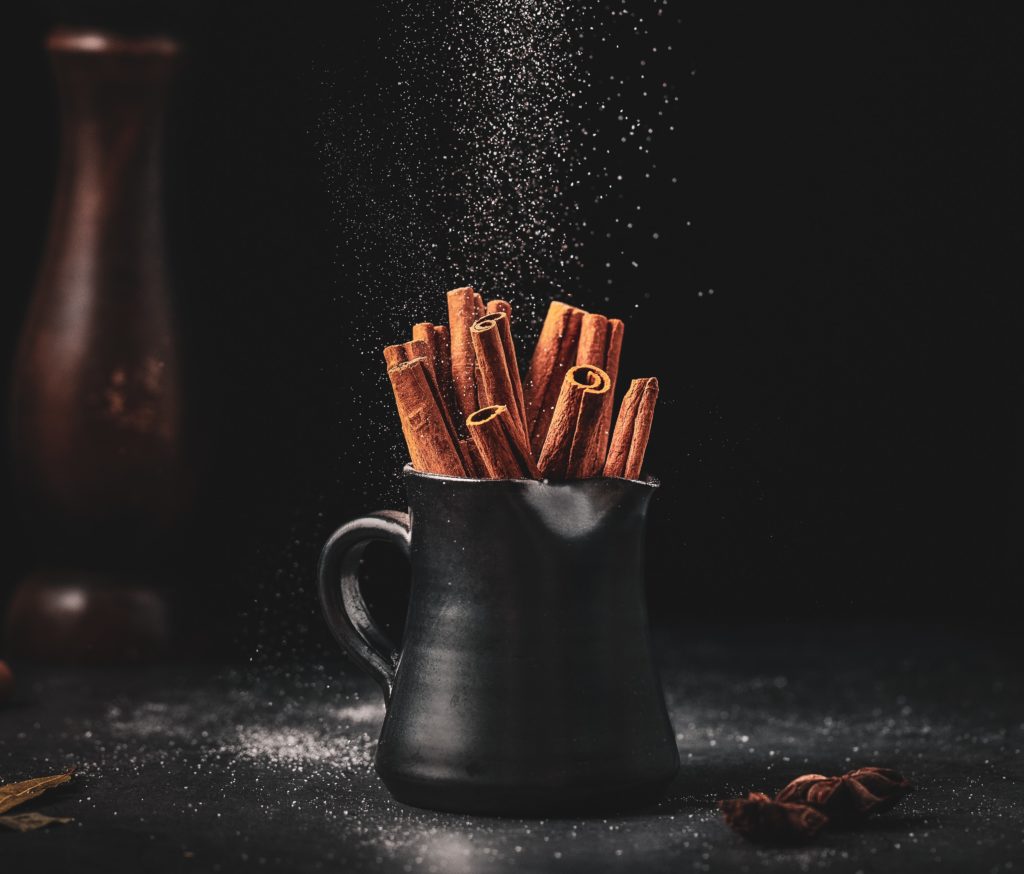
Rou Gui oolong
If you like spice in your tea, then you will love Rou Gui. The name itself means “cassia,” which is another word for cinnamon.
Rou Gui, also called Wu Yi Yan Cha, is a rock oolong, meaning it grows in the famous tea-growing area of the Wu Yi mountains in northern Fujian.
Tea enthusiasts prize rock oolongs. They grow from parsimonious, rocky soil, drink from clean mountain springs, and thrive in a misty, high-mountain climate.
Rou Gui offers a deep roasted flavor, with clear spice notes. The tea is renowned for its “yan yun,” or rocky sensation. In Chinese, “yan” means rock, and “yun” describes more of a sensation than a thing — something like rhythm. So Rou Gui has a “rock rhythm.”
What does this mean? With Rou Gui, you sense the minerals from the mountain’s famously rocky soil. In addition, the flavors linger for a long time, in the manner of something musical. Even the texture of Rou Gui could be described as “gravelly.”
While Rou Gui is relatively unknown in the United States, outside of tea aficionados, it is the most popular style of rock oolong in China.
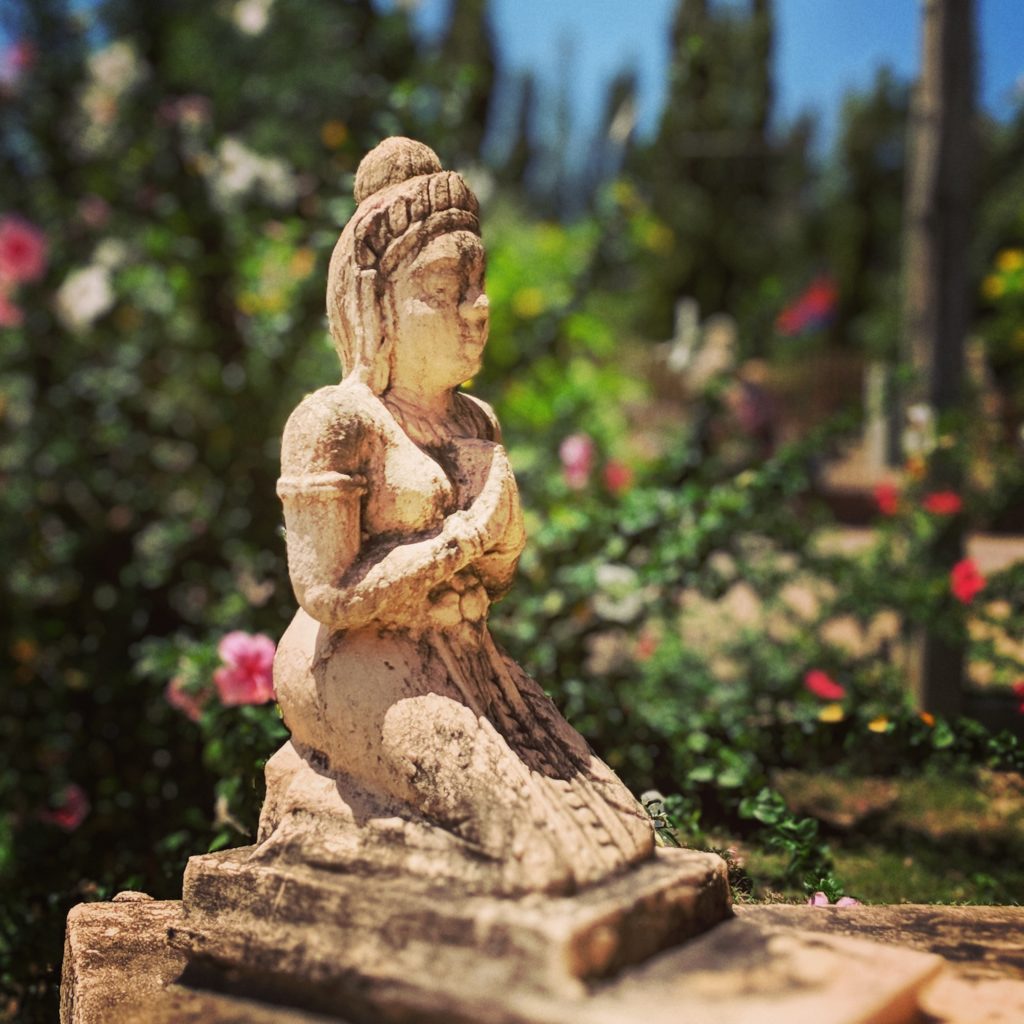
Tie Guan Yin oolong
Like Rou Gui, this tea takes advantage of tea leaves harvested during autumn, as growth begins to shut down and aromas become more concentrated in the leaves.
But where Rou Gui is bold and robust, Tie Guan Yin is light and sweet, with pronounced floral aromas.
It is among the most famous teas from China, and enjoys a complex origin story involving a goddess who created the tea as a reward to a poor villager who took care of a remote shrine to her. Many claim the tea is named after Guanyin, the Chinese Goddess of Mercy, who in the myth created the tea.
It’s not just the origin story that is complex. Turning the tea leaves, which are harvested in Anxi in China’s Fujian province, into tea involves a range of important steps.
Oolong farmers pluck leaves, then wither them in the sun. After the leaves cool, artisans toss them together to increase oxidation, and then wither them again, which precipitates more oxidation. Following this step, workers cease oxidation through a process called “fixation.” Finally, tea craftspeople roll and dry leaves before packaging and shipping them to tea lovers around the world.
We love that tea is an agricultural product, with direct ties to soil, rocks, rain, wind, temperature, climate and more. It is this amalgam of factors that make it so interesting! And it is the variability, too, that produces teas of extraordinary complexity and depth, as well as simple teas meant for quick jolts of warmth and energy.

